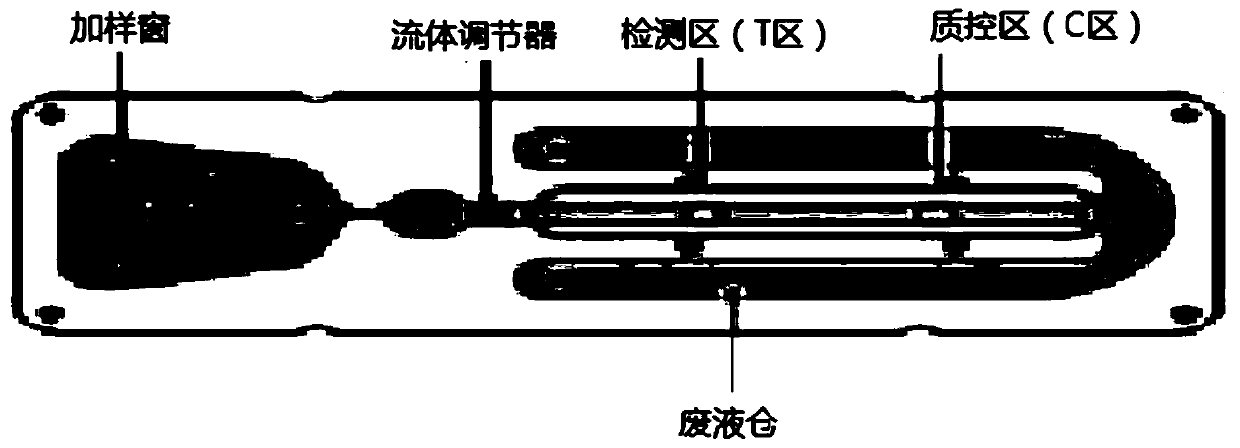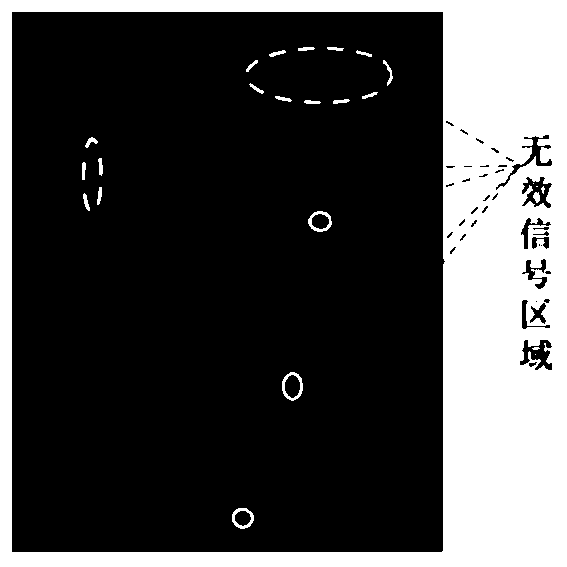Micro-fluidic biochip scanning signal detection device
A technology for scanning signals and biochips, applied in measurement devices, instruments, fluorescence/phosphorescence, etc., can solve the problems of uneven distribution of measured signals, inconsistent lengths, etc., to improve length consistency and accuracy, and reduce unevenness. , the effect of speeding up the calculation
- Summary
- Abstract
- Description
- Claims
- Application Information
AI Technical Summary
Problems solved by technology
Method used
Image
Examples
Embodiment 1
[0057] The detection device of the microfluidic biochip scanning signal based on wavelet transform of the present invention mainly includes: the acquisition and filtering module of the original scanning signal, the wavelet transform module of the scanning signal, the equal time length determination module of the scanning signal, the signal extraction module, the signal The homogenization reconstruction module and the concentration calculation module of the detected object, such as Figure 5 As shown, the specific steps are as follows image 3 shown.
[0058] In the present invention, the main processing process of the acquisition and filtering module of the original scanning signal is: using a photofluorescence detector to perform scanning sensing acquisition of the induced fluorescence signal on the microfluidic biochip to be tested and the flow channel , and amplify it, the amplified original scanning signal is denoted as f N (t), such as image 3 As shown in (a), after t...
Embodiment 2
[0085] In order to make the purpose, technical solution and advantages of the present invention clearer, a wavelet transform-based microfluidic biochip scanning signal detection device of the present invention will be further described in detail below in conjunction with the accompanying drawings and embodiments. It should be understood that the specific embodiments described here are only used to explain the present invention, not to limit the present invention.
[0086] see figure 1 , the laser is focused on the surface of the microfluidic biochip and scanned along the flow channel. The scanning process is "flow channel-detection area (T area)-flow channel-quality inspection area (C area)-flow channel". There is an analyte marked with a fluorescent dye on the detection area, and a reference object marked with a fluorescent dye on the quality inspection area, and the induced fluorescence is received by the fluorescent detector through the confocal optical path structure.
[...
PUM
 Login to View More
Login to View More Abstract
Description
Claims
Application Information
 Login to View More
Login to View More - R&D
- Intellectual Property
- Life Sciences
- Materials
- Tech Scout
- Unparalleled Data Quality
- Higher Quality Content
- 60% Fewer Hallucinations
Browse by: Latest US Patents, China's latest patents, Technical Efficacy Thesaurus, Application Domain, Technology Topic, Popular Technical Reports.
© 2025 PatSnap. All rights reserved.Legal|Privacy policy|Modern Slavery Act Transparency Statement|Sitemap|About US| Contact US: help@patsnap.com



